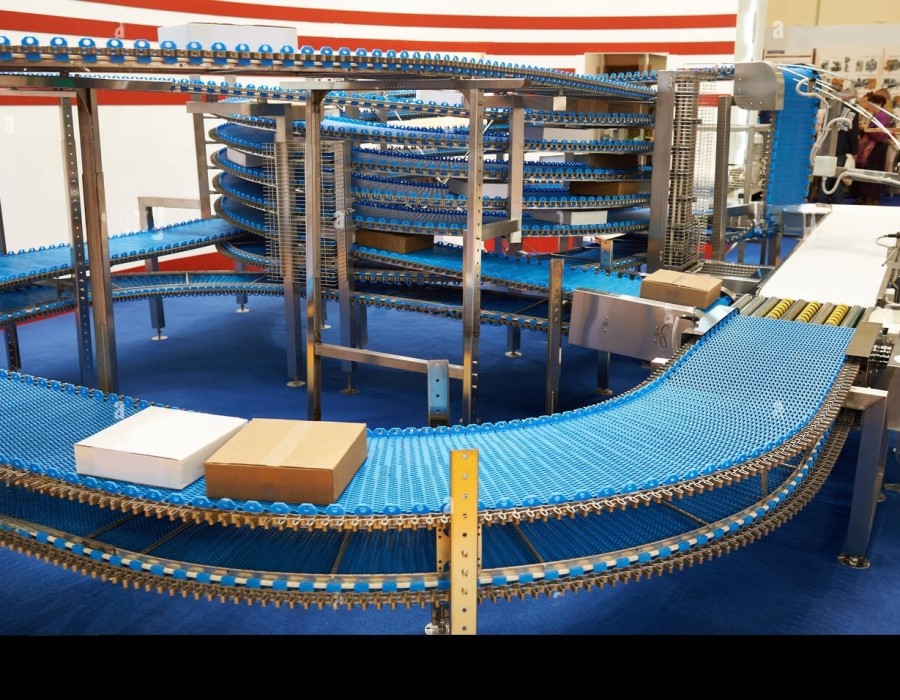When faced with operational inefficiencies or breakdowns in conveyor systems, businesses must decide whether to retrofit their existing systems or invest in entirely new installations. This decision requires a careful evaluation of both financial implications and operational impacts. Here’s a simple framework for analysis that will guide businesses toward the most cost-effective and operationally efficient decision.
What Goes Into Conveyor System Retrofitting?
Conveyor system retrofitting involves updating or modifying existing systems to enhance functionality, improve efficiency, or extend their service life. This process can vary widely in scope, ranging from replacing outdated conveyor parts with modern alternatives to integrating advanced technologies like automated controls or IoT connectivity. The primary advantage of retrofitting is that it allows businesses to retain their existing infrastructure, significantly reducing costs and minimizing disruption in operations. Typically, retrofitting is considered when the fundamental structure of the conveyor system remains sound but needs upgrades to meet current operational demands.
Exploring New Conveyor System Installations
In contrast, installing a new conveyor system means building from the ground up with the latest technology and designs. This option is often explored when the existing system is too outdated to meet the efficiency requirements or when expansions and significant changes in operations necessitate a completely new layout. The benefits of new installations include improved performance, higher efficiency, and lower long-term maintenance costs, albeit with a higher initial investment. Before looking for a conveyor for sale, it's crucial to assess whether a new system is the most strategic option for your operations.
Cost Analysis Framework
An understanding of the following cost layers helps businesses evaluate the long-term financial implications of each option and make a well-informed decision:
● Initial Costs:
Retrofitting typically incurs lower upfront costs as it leverages much of the existing infrastructure. The main expenses are acquiring new conveyor parts and the labor required for their installation. In contrast, installing a new system entails a larger initial investment due to the need for a completely new setup and potential modifications to the facility to accommodate the new system.
● Operational Costs:
Integrating more efficient components can reduce operational costs for retrofitted systems. However, these systems might not achieve the lower operational costs of new installations, as the latter utilize modern, energy-efficient designs. New installations tend to minimize energy use and reduce the frequency of breakdowns, thereby decreasing ongoing operational expenses.
● Long-Term Costs:
The long-term costs of retrofitting can be higher, as older systems might require additional maintenance and future upgrades. On the other hand, new installations usually result in lower long-term costs. They are more reliable, need fewer repairs, and are designed to be adaptable to future technologies, enhancing their lifespan and performance over time.
Break-Even Analysis
To determine which option is financially more viable in the long run, a break-even analysis is essential. This analysis will compare the total cost of ownership, including initial, operational, and long-term costs, of both retrofitting and new installations. Businesses can make a more informed decision by identifying the point at which the costs of retrofitting and replacing converge.
Retrofitting usually causes less downtime, as it can often be executed in stages or during planned downtimes. New installations might require a longer period of downtime as the installation process is more comprehensive. Retrofitting must consider the compatibility of new components with the old system, which can sometimes limit the choice of new technologies. New systems are designed with compatibility in mind, offering more flexibility in integrating future technologies. Retrofitting old systems may not always provide the improvements needed to meet new environmental regulations. New installations can be designed to comply with the latest environmental standards, potentially offering operational cost savings through better energy efficiency and materials.
Consulting Conveyor Experts For Informed Decisions
Given the complexity of choosing between retrofitting and new installations, consulting with conveyor experts is crucial. Before hastily searching for a new conveyor for sale, it is advisable to consult these professionals who can provide a detailed analysis based on the specific operational context. They offer insights that balance cost, efficiency, and future growth potential, ensuring that businesses make economically sound decisions and aligned with long-term strategic goals.





Comments